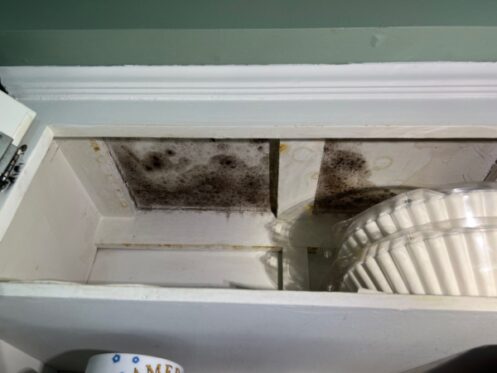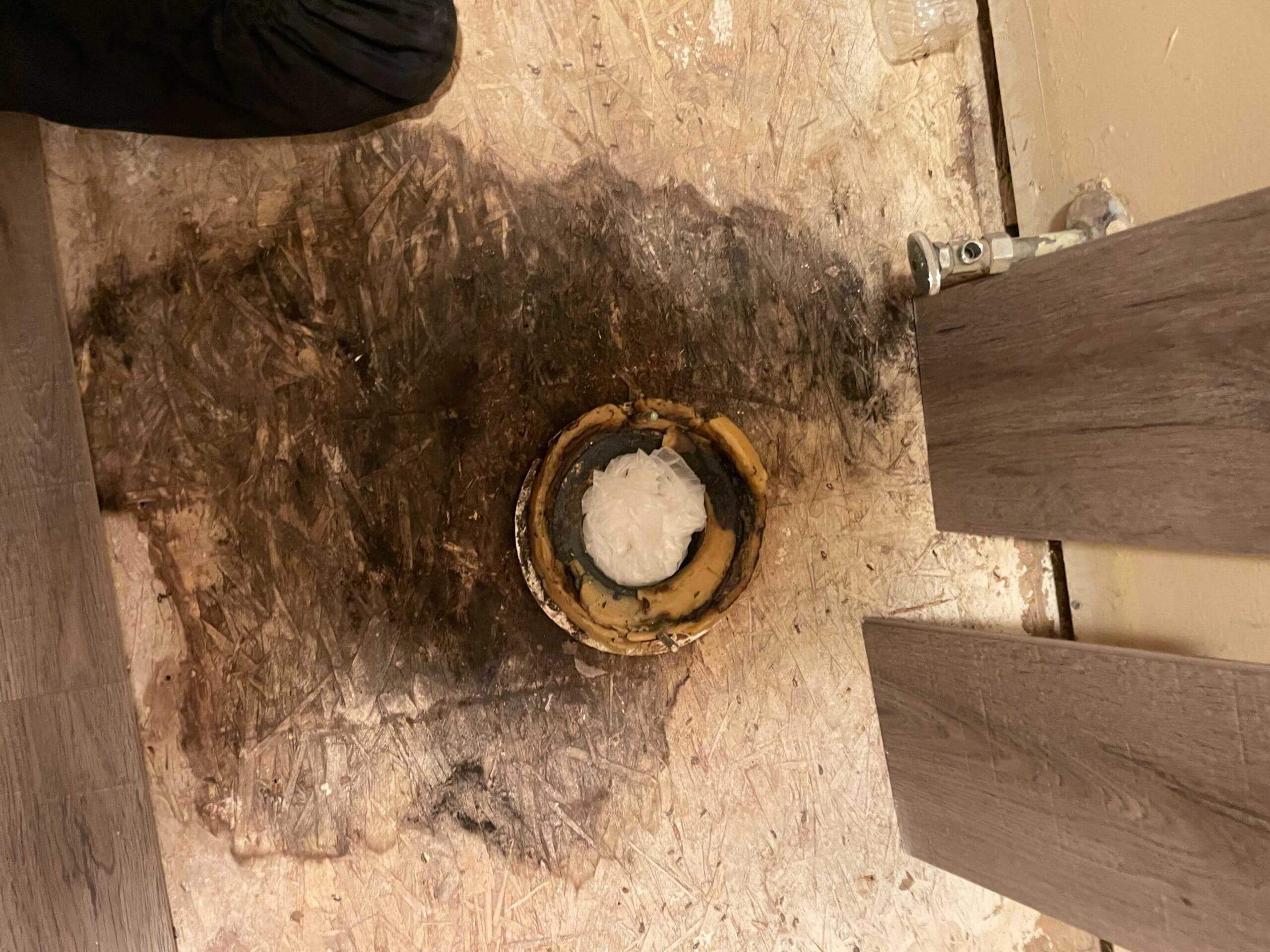Mold-resistant paint is often marketed as a quick fix to prevent mold growth on walls and ceilings. However, it’s crucial to understand that this is not a comprehensive solution. Mold thrives in damp, humid conditions, and simply covering it with paint won’t halt its growth. Before you reach for a can of mold-resistant paint, it’s important to be aware of what it can and cannot do.
What Is Mold-Resistant Paint?
These products are misleading. Mold-resistant paint is specially formulated with antimicrobial agents that inhibit the growth of mold, mildew, and bacteria. These agents don’t actually kill existing mold or prevent new mold from forming. Instead, they create a surface that resists mold and mildew.
While mold-resistant paint can make it more difficult for mold to take hold, it’s not a standalone solution. Proper mold remediation and moisture control are essential before applying any paint. By taking these proactive steps, you can ensure that the paint is effective and that the underlying issue is being addressed.
The Limitations of Mold-Resistant Paint
Despite their marketing, these paints are not a cure-all.
- Mold-resistant paint doesn’t kill existing mold. If your walls already have mold, simply painting over them will not address the issue. Effective mold remediation requires thoroughly cleaning and removing the existing mold before applying any paint.
- These paints work best when combined with proper moisture control. The paint can resist mold growth only if the moisture source is managed. If there’s a persistent issue with leaks or high humidity, mold can still develop behind or around the paint. Addressing the root cause of moisture—whether through repairs, improved ventilation, or dehumidification—is essential for long-term mold prevention.
- This type of paint only treats visible surfaces, not all mold-prone areas. It doesn’t protect other areas where mold might grow, such as behind walls or hidden spaces.
- They’re not a permanent solution. While this paint can help prevent mold growth, it does not guarantee a mold-free environment indefinitely. Over time, the paint’s effectiveness can diminish, especially if exposed to repeated moisture.
The Right Way to Address Mold Problems
To tackle mold issues effectively, you must first identify and eliminate the source of moisture fueling mold growth. This could involve repairing leaks, improving ventilation, or using dehumidifiers in problem areas. Once the moisture problem is resolved, you should clean the affected areas thoroughly with appropriate mold removal products or seek professional mold remediation services.
After the mold has been properly removed, you can then consider applying a mold-resistant primer and paint to prevent future growth. These paints are particularly useful in areas with high humidity, such as bathrooms, kitchens, and basements.
Maximizing the Benefits of Mold-Resistant Paint
Prepare the Surface
Ensure that any mold present on the surface is thoroughly cleaned and removed before applying the paint. This will help the paint adhere properly and function effectively.
Address Moisture Issues
Investigate and resolve any underlying moisture problems, such as leaks or high humidity. This might involve fixing plumbing issues, improving ventilation, or using dehumidifiers.
Regular Maintenance
Regular maintenance is key to maximizing the benefits of mold-resistant paint. By keeping a close eye on painted surfaces and promptly addressing any signs of moisture or mold, you can extend the life of the paint’s protective properties. This diligence is crucial for long-term mold prevention.
Mold-resistant paint can be a helpful tool in the fight against mold, but it is not a standalone solution. For lasting results, addressing the root cause of the mold and properly removing it is essential. If you need help handling mold in your home, Pur360 is here to help. We will ensure your home’s mold is treated at the source and your surfaces are ready for painting.



